Turbine Flow Meters
Turbine flow meter product features:
High accuracy (regular accuracy±1%R, ±0.5%R, highest accuracy±0.2% R)
Good repeatability (short-term one reaches 0.05%–0.2%), priority to be used in trade settlement for its extremely high accuracy in the regular calibration or on-line calibration.
Pulse frequency signal output is applicable to totality calculation and computer connection with no zero drift and strong anti-interference capacity.
High frequency (3-4kHz) can be achieved, and has high resolution.
Wide range ratio: medium or large diameter may reach 1:20, and small diameters are 1:10.
Compact and light weight structure, convenient installation and maintenance, extensive application ability.
Application to high pressure measurement with its unnecessary opening hole to be made into high pressure instruments.
Complete tailored version sensors can be designed to different kinds of types according to users special needs. For instance, low temperature type, high pressure type, sanitary type, etc.
Insertion type can be made, that is applicable to large normal diameters measurement for its little pressure loss, low price, unnecessary stopping flow to take out it, and convenient installation and maintenance.
Description
The Turbine Flowmeter is a leading technology integrating with advanced design to produce the new generation of turbine flowmeter with the features of simple structure, lightweight, high accuracy, good repeatability, flexible reaction convenient installation/maintenance/application, etc.
It is widely applied to measuring the liquid of which kinematic viscosity is under 5*10-6m2 / s and has no impurity of fiber, grain, etc., and no corrosive interaction with the stainless steel 1Cr18Ni9Ti, 2Cr13, and A12O3, and hard alloy in seal pipes. The liquid of kinematics above 5*10-6m2/s can be measured after real liquid calibration of the flowmeter.
It can be used in value control, siren when excess if coordination with a special display instrument. So it is the ideal instrument for measuring flow value and saving energy.
Turbine Flow Meters measure the velocity of liquids, gases, and vapors in pipes, such as hydrocarbons in fuel flow measurement, chemical flow metering, water flow metering, cryogenic liquid flow metering, air or gas flow metering, and general industrial flow metering
How Turbine Flowmeters Work
Turbine flowmeters use the mechanical energy of the fluid to rotate a “pinwheel” (rotor) in the flow stream. Blades on the rotor are angled to transform energy from the flow stream into rotational energy. The rotor shaft spins on the bearings. When the fluid moves faster, the rotor spins proportionally faster. Turbine flowmeters now constitute 7% of the world market.
Shaft rotation can be sensed mechanically or by detecting the movement of the blades. Blade movement is often detected magnetically, with each blade or embedded piece of metal generating a pulse. Turbine flowmeter sensors are typically located external to the flowing stream to avoid material construction constraints that would result if wetted sensors were used. When the fluid moves faster, more pulses are generated. The transmitter processes the pulse signal to determine the flow of the fluid. Transmitters and sensing systems are available to sense flow in both the forward and reverse flow directions.
Plus and Minus’s of Turbine Flow Meters
The cost is moderate. Very good at clean, low-viscosity fluids of moderate velocity and a steady rate. Turndown is very good as it can read very low compared to the maximum flow. They are reliable if put in a clean fluid especially if it has some lubricity. AGA and API approved for custody transfers. They do cause some pressure drop where that may be a factor such as gravity flows. Not reliable for steam. Bearings wear out.
How to Use Turbine Flow Meters
Turbine flowmeters measure the velocity of liquids, gases, and vapors in pipes, such as hydrocarbons, chemicals, water, cryogenic liquids, air, and industrial gases. High-accuracy turbine flowmeters are available for custody transfer of hydrocarbons and natural gas. These flowmeters often incorporate the functionality of a flow computer to correct for pressure, temperature, and fluid properties to achieve the desired accuracy for the application.
Be careful using turbine flowmeters on fluids that are non-lubricating because the flowmeter can become inaccurate and fail if its bearings prematurely wear. Some turbine flowmeters have grease fittings for use with non-lubricating fluids. In addition, turbine flowmeters that are designed for a specific purpose, such as for natural gas service. They can often operate over a limited range of temperatures (such as up to 60ºC) whereby operation at higher temperatures can damage the flowmeter.
This flowmeter can be applied to sanitary, relatively clean, and corrosive liquids in sizes up to approximately 24 inches. Additionally, smaller turbine flowmeters can be installed directly in the piping. The downside side that the size and weight of larger turbine flowmeters may require the installation of substantial concrete foundations and supports. The flow of corrosive liquids can be measured with proper attention to the materials of construction of all wetted parts, such as the body, rotor, bearings, and fittings.
If this type of meter does not meet your requirements, we have other meter types: Ultrasonic, Coriolis, Vortex, and Electromagnetic.
Q&A
A Q&A, or Question and Answer session, is a common format used to exchange information and address specific queries related to a particular topic. In the context of Q&A Turbine Flow Meters, a Q&A session could involve individuals asking questions about the functioning, installation, calibration, troubleshooting, and other aspects of Q&A Turbine Flow Meters.
In a Q&A, experts or knowledgeable individuals provide answers to these questions and share insights, best practices, and technical knowledge related to Turbine Flow Meters. This can help attendees gain a better understanding of Turbine Flow Meters and address any concerns or uncertainties they may have.
Q: What is a turbine flow meter?
A: A turbine flow meter is a device used to measure the flow rate of liquids, gases, and some slurries. It operates on the principle of a turbine spinning freely in the fluid stream. The spinning freely with the rotational speed being proportional to the flow rate.
Q: How does a turbine flow meter work?
A: The fluid enters the flow meter, causing the turbine to spin. In addition, as the turbine blades rotate, they pass by a magnetic pickup. Also, this generates a frequency signal that is proportional to the rotational speed of the turbine. This signal is then converted into a flow rate measurement.
Q: What are the advantages of using a turbine flow meter?
A: Turbine flow meters have a high degree of accuracy and repeatability, making them ideal for applications where precise measurements are required. Furthermore, they are also relatively simple to install and maintain and can be used to measure both liquids and gases.
Q: What are the disadvantages of using a turbine flow meter?
A: Turbine flow meters can be susceptible to damage from particulate matter or impurities in the fluid being measured. Moreover, they are also sensitive to changes in viscosity, temperature, and pressure, which can affect their accuracy.
Q: What types of fluids can be measured with a turbine flow meter?
A: Turbine flow meters are typically used for measuring the flow rate of liquids, including water, fuels, and chemicals. However, they can also be used to measure the flow rate of gases, such as natural gas and compressed air.
Q: What are some common applications of turbine flow meters?
A: Turbine flow meters are commonly used in the oil and gas industry for measuring the flow rate of various fluids. The fluids like crude oil, natural gas, and refined petroleum products. Also, they are used in the food and beverage industry for measuring the flow rate of liquids. Additionally, it is used for Measuring milk and fruit juice, as well as in chemical processing, water treatment, and HVAC systems.
Q: How do you install a turbine flow meter?
A: The installation process for a turbine flow meter may vary depending on the specific model and application. Also in general, it involves the following steps:
Choose an appropriate location: The flow meter should be installed in a location where the fluid flow is stable and free from turbulence. The flow meter should be placed in a straight section of the pipe. This with enough space before and after the meter to allow for smooth flow.
Prepare the pipe: The pipe needs to be prepared by cutting it and welding a flange to each end. This is to allow for easy installation of the flow meter.
Mount the flow meter: The flow meter is then mounted on the pipe using the flanges. Furthermore, the mounting bolts are tightened to secure it in place.
Connect the wiring: The wiring from the flow meter is then connected to a suitable control system or data acquisition device.
Perform calibration: The flow meter should be calibrated before use to ensure accurate measurement of flow rate.
Q: What are some advantages of using a Q&A Turbine Flow Meter?
A: Some advantages of using a turbine flow meter include:
High accuracy: Turbine flow meters offer high accuracy and repeatability. This makes them suitable for use in a wide range of applications.
Wide turndown ratio: Turbine flow meters can measure low to high flow rates. Also, this makes them useful in applications where flow rates can vary widely.
Low-pressure drop: Turbine flow meters have a low-pressure drop. This means they do not significantly impede the flow of the fluid being measured.
Suitable for clean fluids: Turbine flow meters are suitable for use with clean fluids and can measure both liquids and gases.
Q: What are some limitations of using a Q&A Turbine Flow Meter?
A: Some limitations of using a turbine flow meter include:
Sensitivity to fluid properties: Turbine flow meters are sensitive to fluid properties such as viscosity and density. These fluid properties can affect their accuracy.
Susceptibility to wear: Turbine flow meters have moving parts that can wear over time. When they wear this can affect their accuracy and longevity.
Limited use with dirty fluids: Turbine flow meters may not be suitable for use with dirty fluids. Also, fluids containing solids can damage the turbine blades.
Installation requirements: Turbine flow meters require a specific installation orientation. this means they must be installed in a location where the fluid flow is stable and free from turbulence.
Do you want to buy a Turbine Flow Meter?
K-Factor
What is the k factor in a turbine flow meter?
K-factor (K value) is a factor calculated by calibrating and comparing the meter with other measuring devices that meet the accuracy requirements before putting it into use. This coefficient is a fixed value, which is the actual coefficient obtained by the flowmeter manufacturer for each meter after verification, and has nothing to do with the initial design.
There are two kinds of different manufacturers k:
One is k=f/Q, which is the number of vortices generated by du unit flow;
The other k=Q/f, that is, each vortex corresponds to the flow rate of Zhuan.
The k value is calibrated with factory water. The sensor measures the vortex number of the instrument and compares it with the volume flow measured by the calibration device to obtain the k value.
The k value is related to the internal mechanical structure of the flow meter measuring tube.
Advantages / Disadvantages
Turbine Flow Meter benefits vary and are widely used in petrochemicals, organic liquid states, inorganic liquids, liquefied gases, natural gas, and fluid at low to middle temperatures. Now it is widely used next to the orifice plate flow meter.
Advantages of Turbine Flow Meters
- High accuracy. Also, for liquids, it is generally ±0.25%~±0.5%, for gas turbine flow meters, it is generally ±1.5%, and the special type is ±0.5%~1%. Also, turbine flowmeters are relatively high-accurate flow meters compared to other types of flow meters.
- In addition, they have good repeatability. Short-term repeatability is up to 0.05% to 0.2%. It can be used for custody transfer if users frequently calibrate the flow meters.
- Wide measuring range. Furthermore, for large-size turbine sensors, the turndown ratio can be 40:1~10:1, and for small-size sensor tubes, it can be 6:1 or 5:1.
- Also, the Output pulse frequency signal. Suitable for total metering and computer connection, no zero drift, and strong anti-interference ability. In addition, a very high-frequency signal (3~4Hz) is obtained from the turbine sensor, and the signal resolution is strong.
- Suitable for high-pressure measurement. The meter body makes it easy to make a high-pressure type of meter.
- Finally, there are many types of structures, which can adapt to the needs of various measurement purposes. Finally, this is such that can be made into thread or flange type, or even made into tri-clamp type for hygienic purposes.
Disadvantages of Turbine Flow Meters
- It is difficult to maintain the calibration characteristics for a long time, and it is necessary to periodically re-calibrate. Moreover, for non-lubricating liquids, when the liquid contains suspended solids or is corrosive. Also, it is easy to cause problems such as bearing wear and rotor stuck. In special working conditions, wear-resistant hard alloy shafts and bearings are required. In addition, when it is for custody transfer high accuracy is needed. It is best to have on-site calibration equipment that can be calibrated regularly to maintain its accuracy
- Not applicable to higher viscosity fluids flow measurement. Also, a turbine Flow Meter Benefits as the viscosity increases, the flow meter measurement lower limit increases, the measurement range decreases, and the linearity is poor.
Fluid Properties
- Fluid properties (density, viscosity) have a great influence on the flow meter performance. Gas turbine flow meters are easily affected by the gas density, while liquid turbine flow meters are sensitive to liquid changes in viscosity. In addition, density and viscosity are closely related to temperature and pressure. Finally, this occurs in the case of large fluctuations in temperature and pressure in the field. Compensation measures should be taken to maintain high accuracy.
- The flowmeter is greatly affected by the distortion of the flow velocity distribution and the swirling flow. Long straight pipe sections are required to be installed upstream and downstream of the turbine flow sensor.
- Moreover, the Turbine flow meter can only measure clean fluids, and filters are normally needed when installing the sensor.
- The small-size (2″ or less) meter flow characteristics are seriously affected by physical properties, and the flow meter performance is difficult to improve for small-size sensors.
- Turbine flowmeter installation is also Turbine Flow Meter Benefits
Conclusion
In conclusion, normally turbine flow meter has flange, thread, and clamp-on connections, and the direction of the fluid should be the same as the arrow on the meter body. The liquid turbine flow sensor can be installed horizontally and vertically, and the fluid direction must be upward when installed vertically.
The liquid should be filled with tubing and must be free of air bubbles. Also, the inner wall of the straight pipe section should be smooth and clean. This makes it free of defects such as dents, scale, and peeling.
Do you need a Coriolis Flow Meter?
Applications
Industries Where Turbine Flow Meters are Used
SRS’s flow meters are located in oil and gas, water and wastewater, gas utility, chemical, power, food and beverage, aerospace, pharmaceutical, metals and mining, and pulp and paper industries. Additional applications for turbine flowmeters are found in the water, petroleum, and chemical industries. Water applications include distribution systems within and between water districts. Petroleum applications include the custody transfer of hydrocarbons.
Application Cautions for Turbine Flow Meters
Turbine flowmeters are less accurate at low flow rates due to rotor/bearing drag that slows the rotor. Make sure to operate these flowmeters above approximately 5 percent of maximum flow. Turbine flowmeters should not be operated at high velocity because premature bearing wear and/or damage can occur. Be careful when measuring fluids that are non-lubricating because bearing wear can cause the flowmeter to become inaccurate and fail.
In some applications, bearing replacement may need to be performed routinely and increase maintenance costs. Application in dirty fluids should generally be avoided to reduce the possibility of flowmeter wear and bearing damage. In summary, turbine flowmeters have moving parts that are subject to degradation with time and use.
Changing from gas flow to liquid flow should be avoided because it can mechanically stress the flowmeter, degrade accuracy, and/or damage the flowmeter. These conditions generally occur when filling the pipe and under slug flow conditions. Two-phase flow conditions can also cause turbine flowmeters to be measured inaccurately.
Drawings
Only logged in customers who have purchased this product may leave a review.

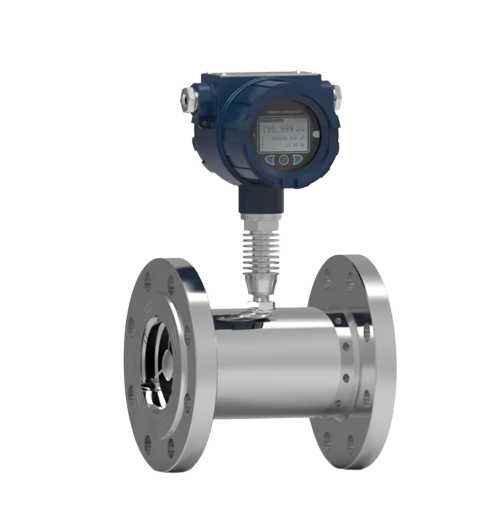
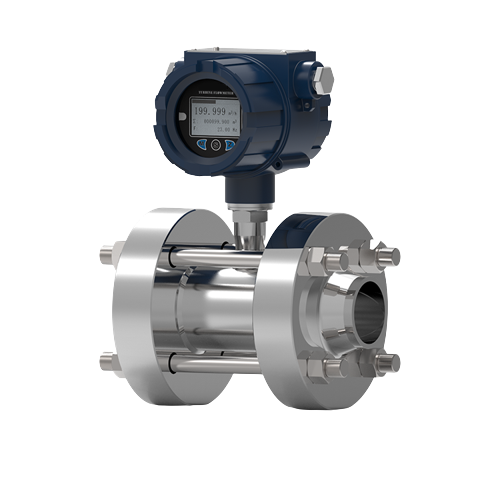
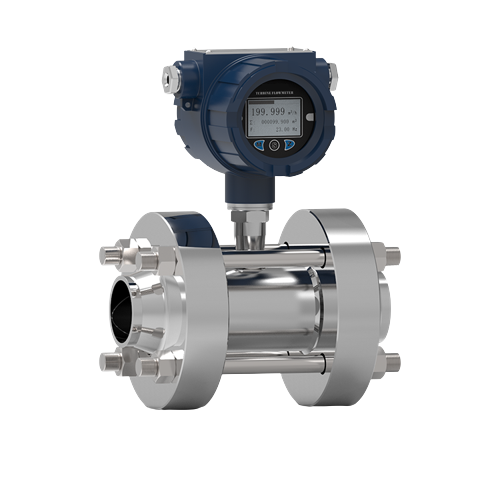
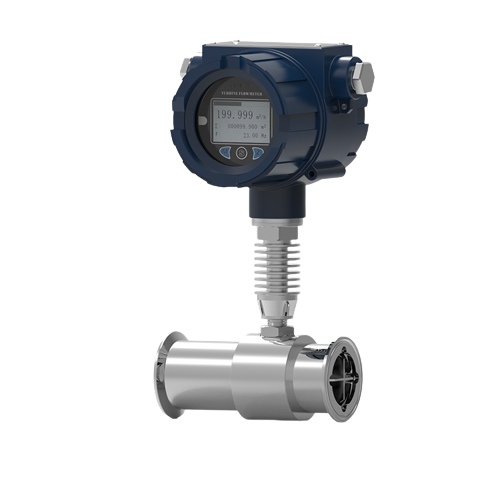
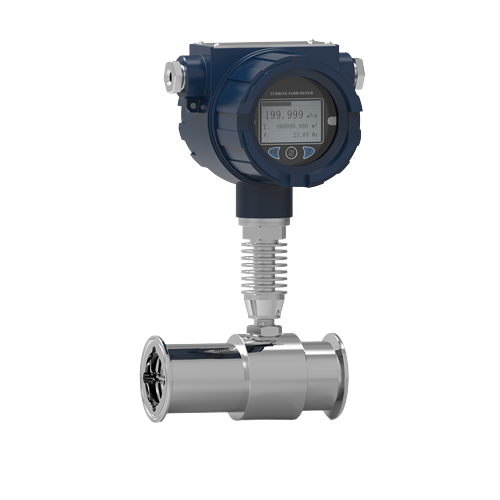
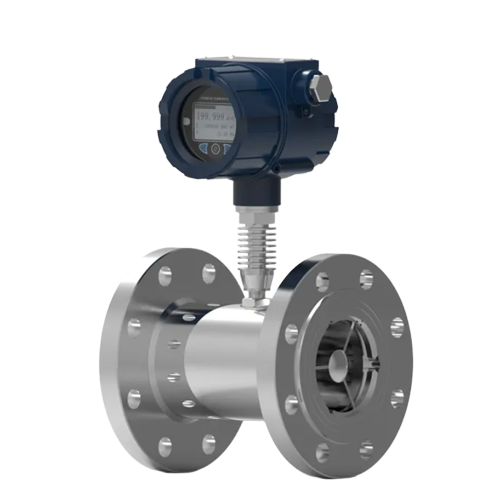
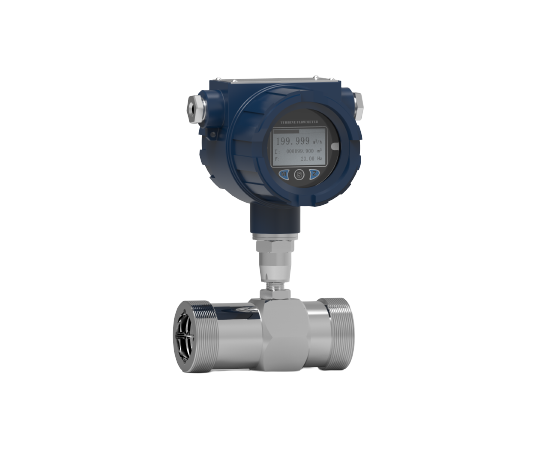
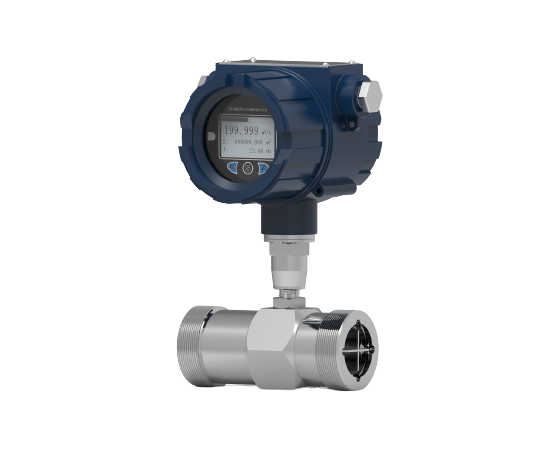
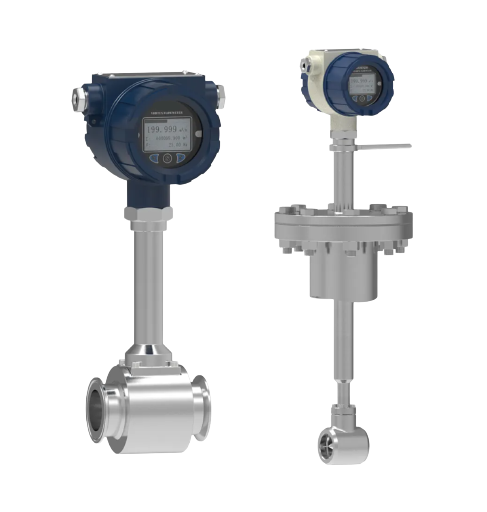
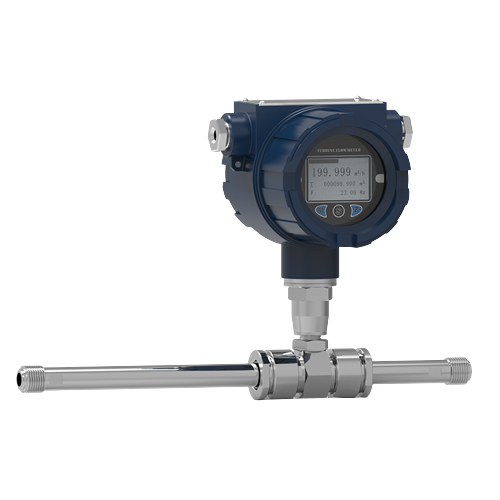
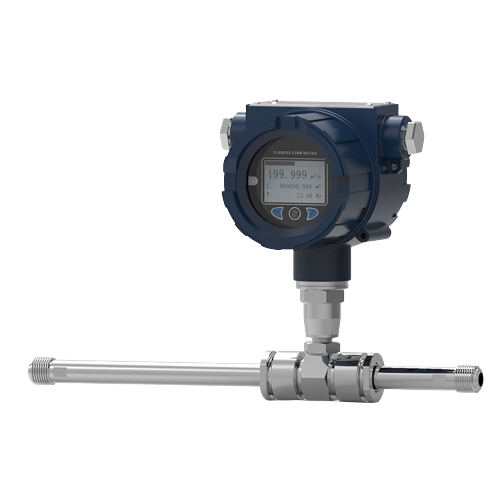
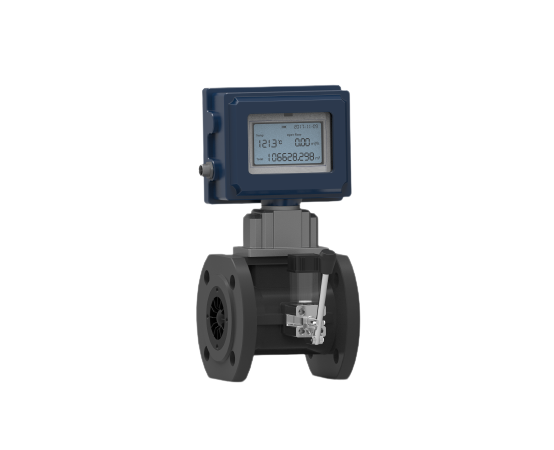
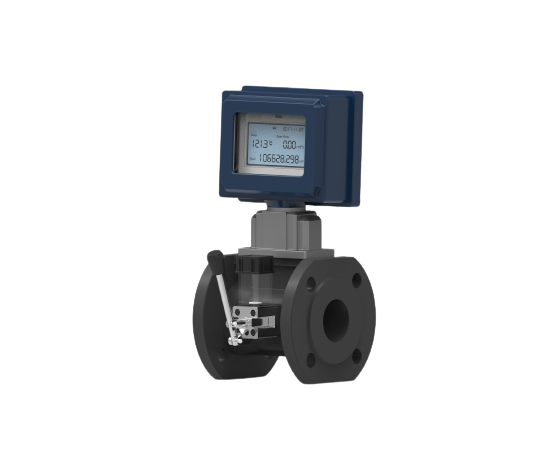
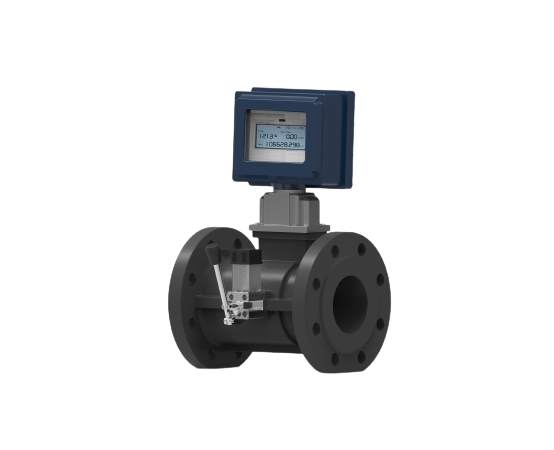
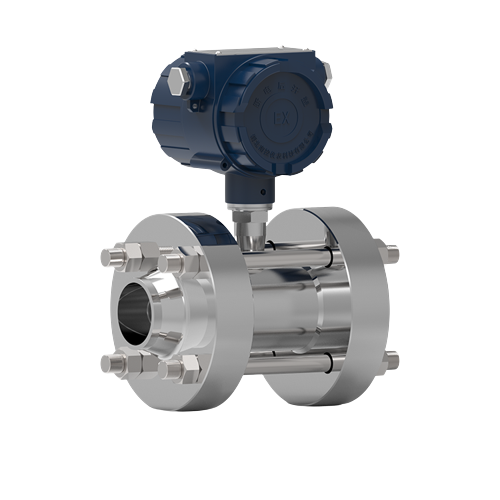
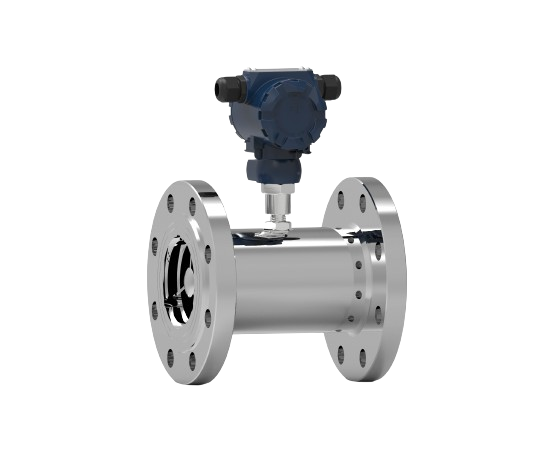
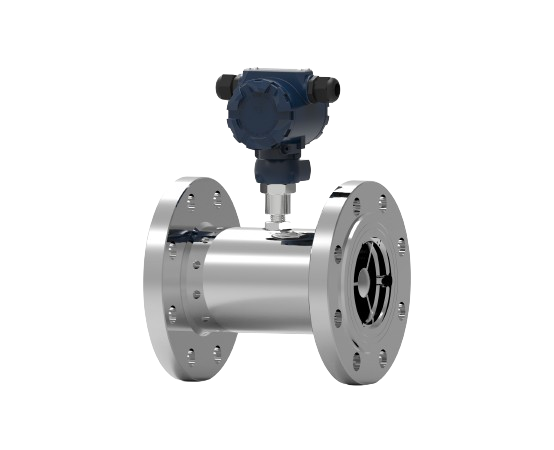
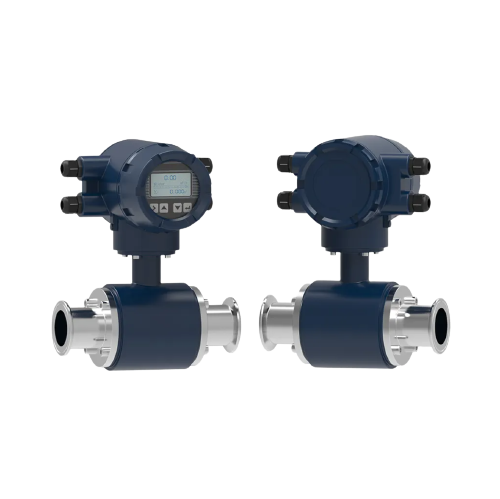
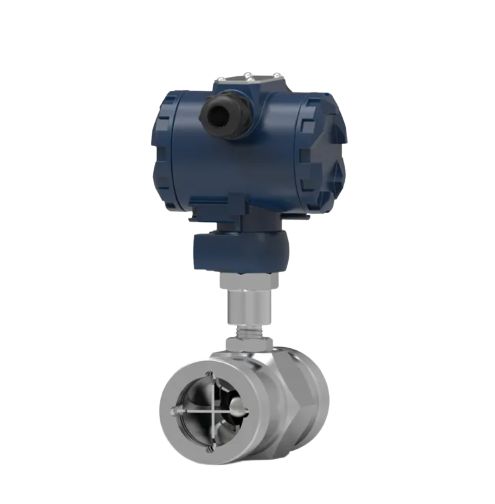
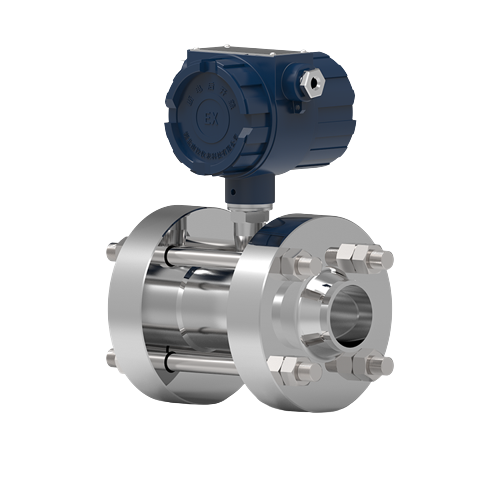
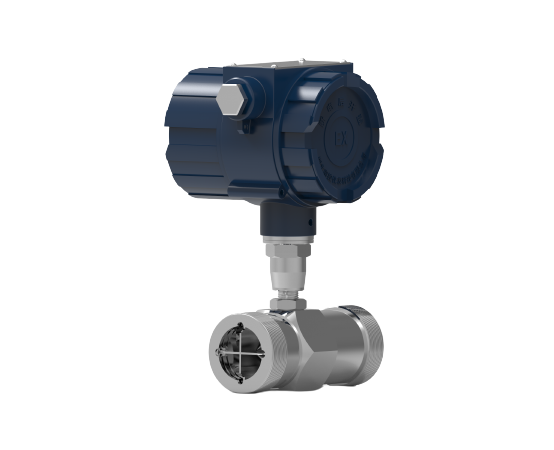
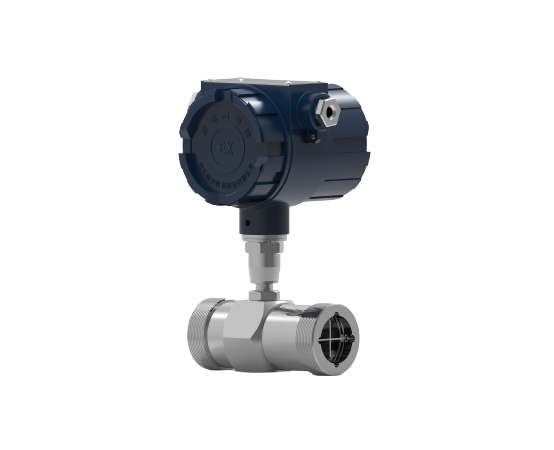
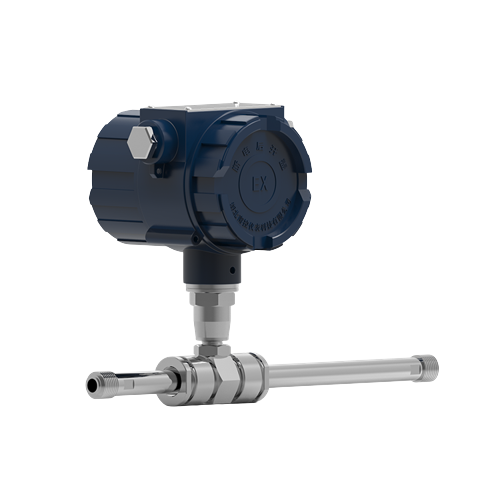
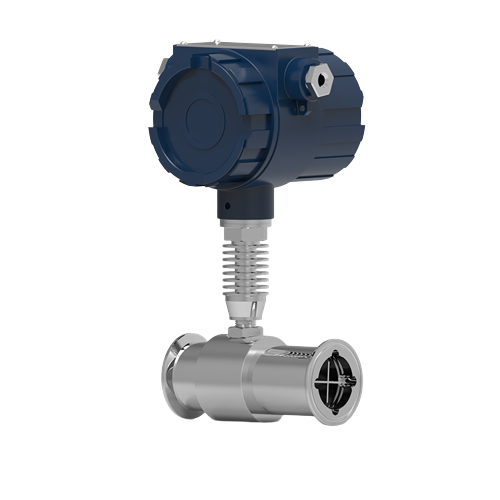
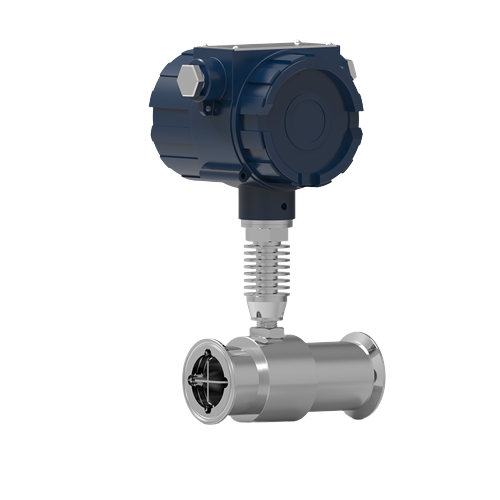
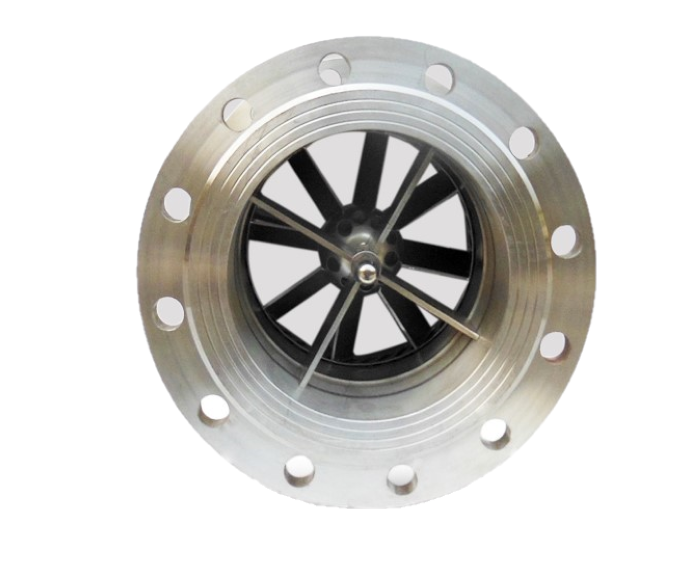
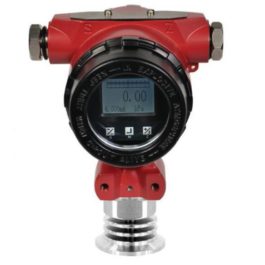
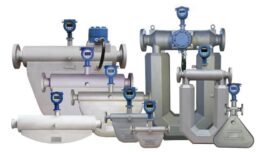
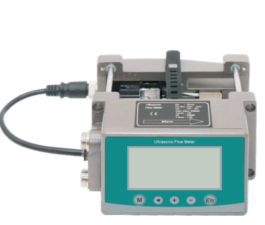
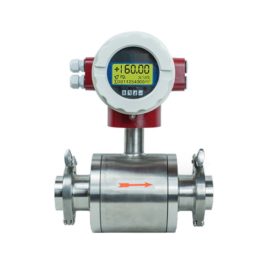
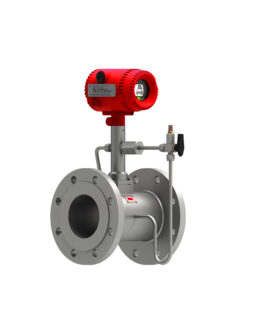
Reviews
There are no reviews yet.